I’ve been using the ULTIMEA Poseidon M60 for a couple of weeks now, and honestly, it’s hard to believe this kind of performance comes at its price point.
I’ve tested it across movies, music, gaming, and even casual TV viewing, and each time I came away impressed. It’s the kind of upgrade that makes you want to rewatch old favorites just to hear them with fresh ears.
Quick Overview
The Poseidon M60 is a complete 5.1-channel soundbar system with a powerful subwoofer, designed to deliver cinematic sound without the complexity of a full AV receiver and complex speaker setup. You get Dolby Atmos support, up to 340W peak power, multiple EQ presets, Bluetooth 5.4 for streaming, and connections like HDMI eARC, optical, and USB.
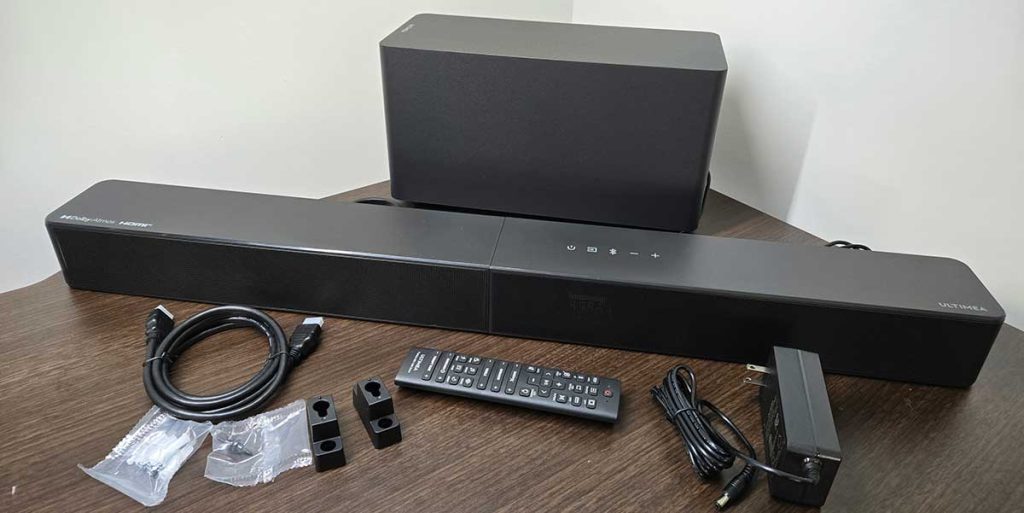
In the box, you get the soundbar, subwoofer, remote, all the necessary cables, and even wall-mount hardware—so you can go from unboxing to fully installed in less than 15 minutes.
The soundbar itself is sleek and low-profile, sliding under most TVs without blocking the screen. The subwoofer connects directly to the soundbar via a built-in audio cord.
Pros (What I Loved)
True Cinematic Audio at Home
Dolby Atmos isn’t just a marketing buzzword here. In movies, sound effects actually feel like they move through the space rather than just blasting from the front. Helicopters sound like they’re flying overhead, rain feels like it’s falling around you, and action scenes have an enveloping quality that makes you feel inside the moment.
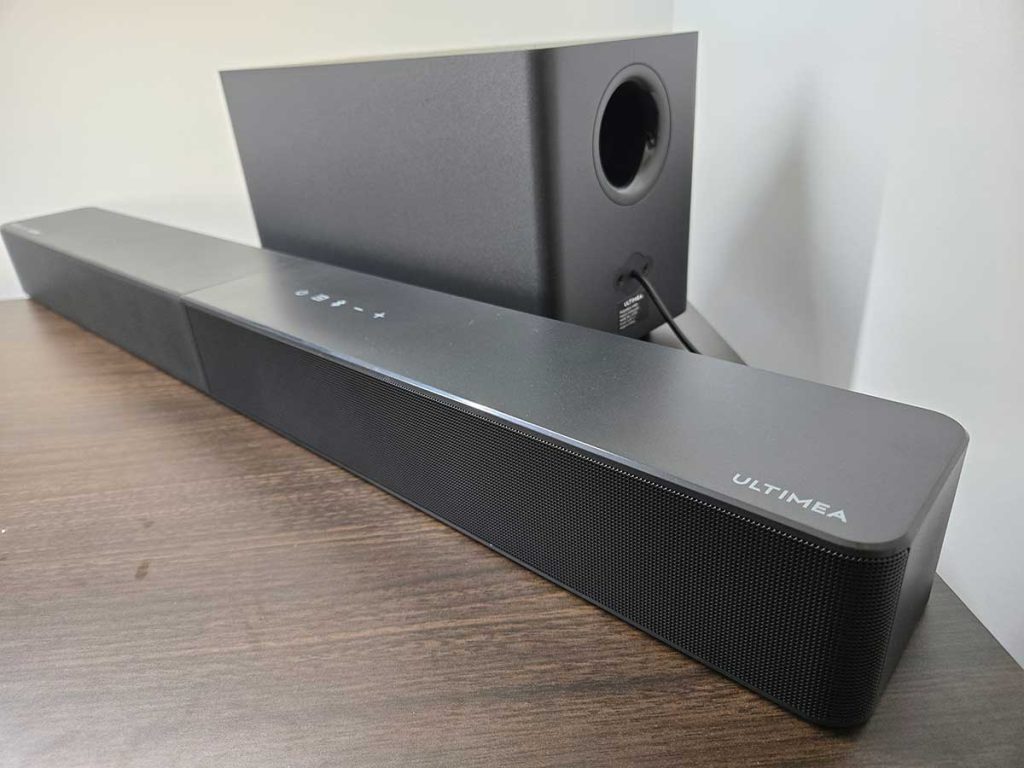
Customizable Sound Profiles
The preset modes aren’t just slight EQ tweaks—they genuinely change the listening experience. Movie mode gives you wide sound and impactful bass, Voice mode lifts dialogue out of the mix so you don’t have to strain to hear conversations, and Game mode makes directional cues pop, giving you an edge in competitive play. Night mode is a lifesaver for apartment living, letting you watch late without sacrificing clarity.
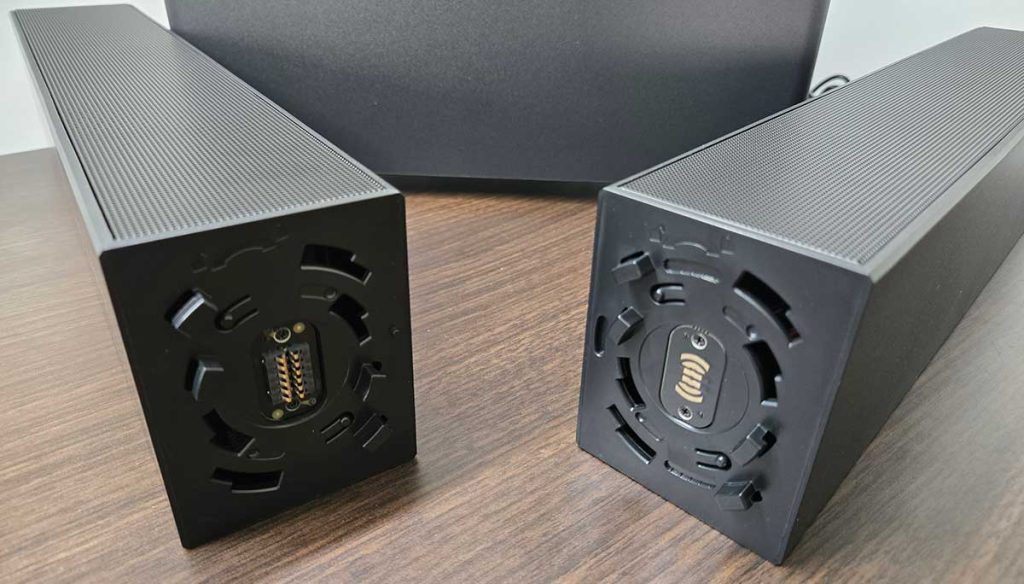
Easy Setup and Awesome Remote
I had it connected and playing in minutes. The two-piece design of the soundbar is simple, just give it a twist and it locks into place. HDMI eARC worked without fiddling, and there was no excessively messy cable routing. I also appreciated that it comes with all the accessories needed (even wall mounts), so you’re not running to the store for an extra cable.
The M60 comes included with a remote control that is much more feature-rich than any other remote I’ve seen included with a soundbar. There are so many buttons on it that allow you to quickly fine tune the soundstage and tweak settings on the fly.
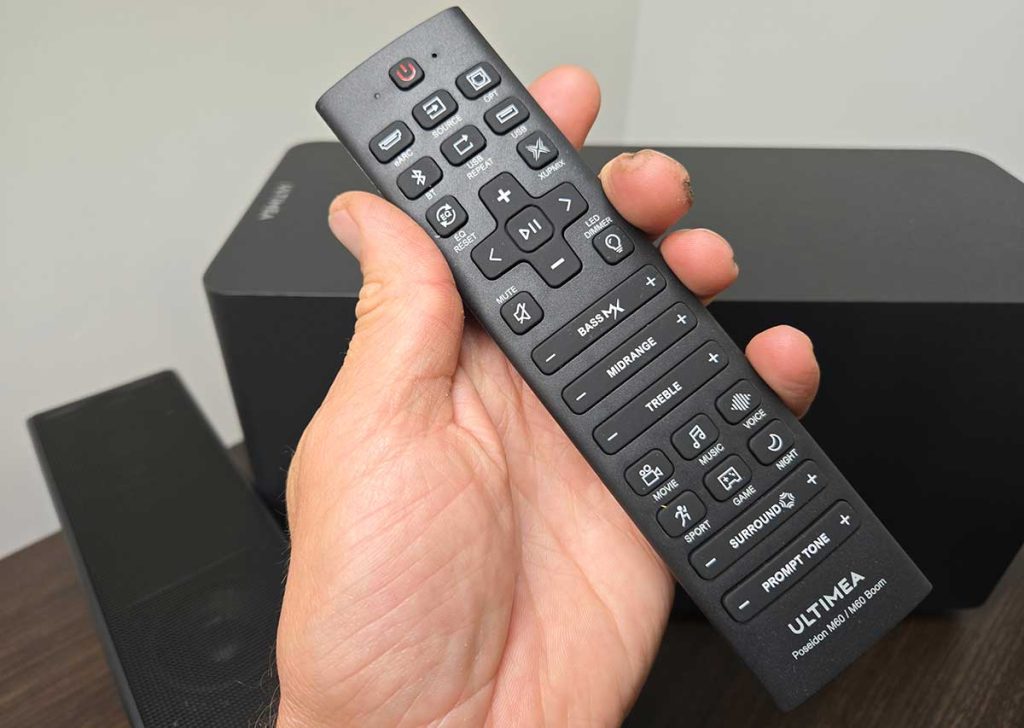
Solid Build & Modern Design
The bar feels sturdy, with a matte finish that resists fingerprints. The remote is lightweight but functional, and the subwoofer is compact enough to tuck in a corner or under a table without being an eyesore
Cons (What Could Be Better)
Bass Can Overpower Small Rooms
In my medium-sized living room, the bass feels tight and satisfying. But in a small bedroom setup, I had to dial it back a couple of notches to avoid it dominating the mix. The good news is that the app makes that adjustment quick.
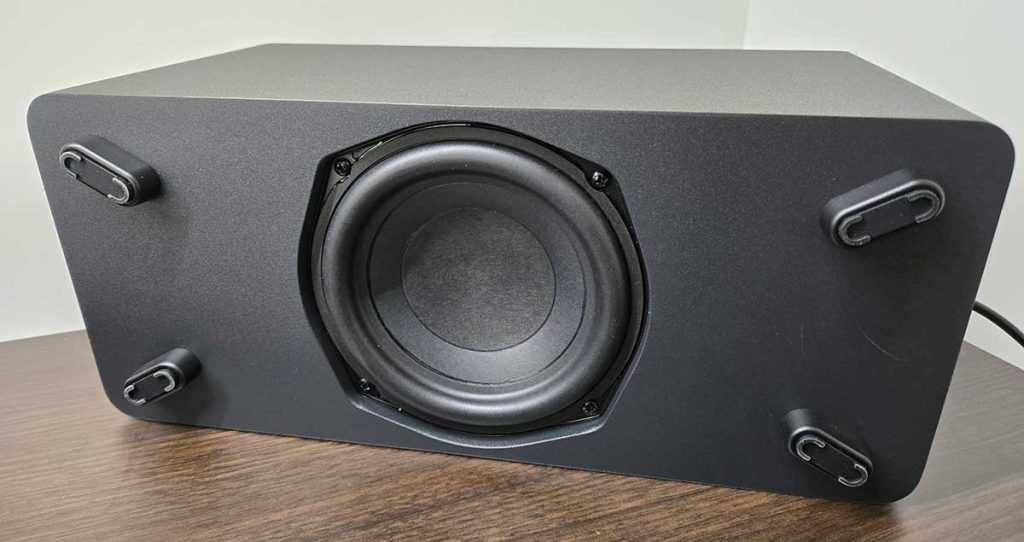
Takes Some Time to Fine-Tune
Right out of the box, it sounds good—but with the app’s EQ options, you’ll probably want to tweak it a bit. Once you get your preferred settings locked in, though, you won’t have to touch them again unless you change rooms.
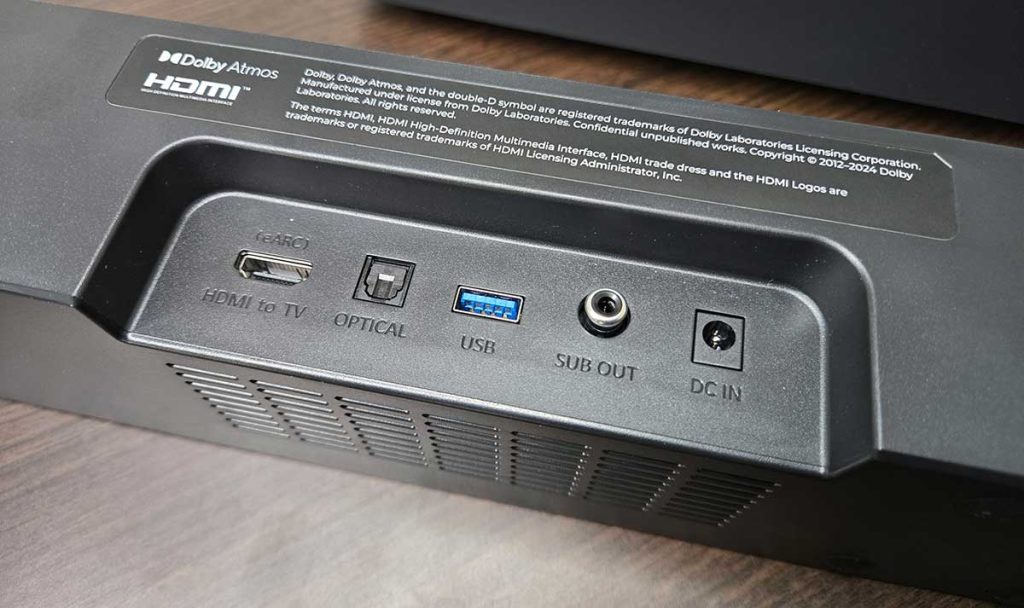
Bluetooth Is Good—Not Audiophile Grade
Bluetooth streaming is solid, with minimal lag and good clarity, but wired HDMI or optical still sounds richer and more dynamic. This is normal for wireless audio, but worth noting if you’re picky about fidelity.
My Experience
The first night I set the ULTIMEA M60 up, I queued up an action blockbuster in Movie mode. The difference from my TV’s built-in speakers was night and day—dialogue was crystal clear, and when the first explosion hit, it felt like the room expanded.
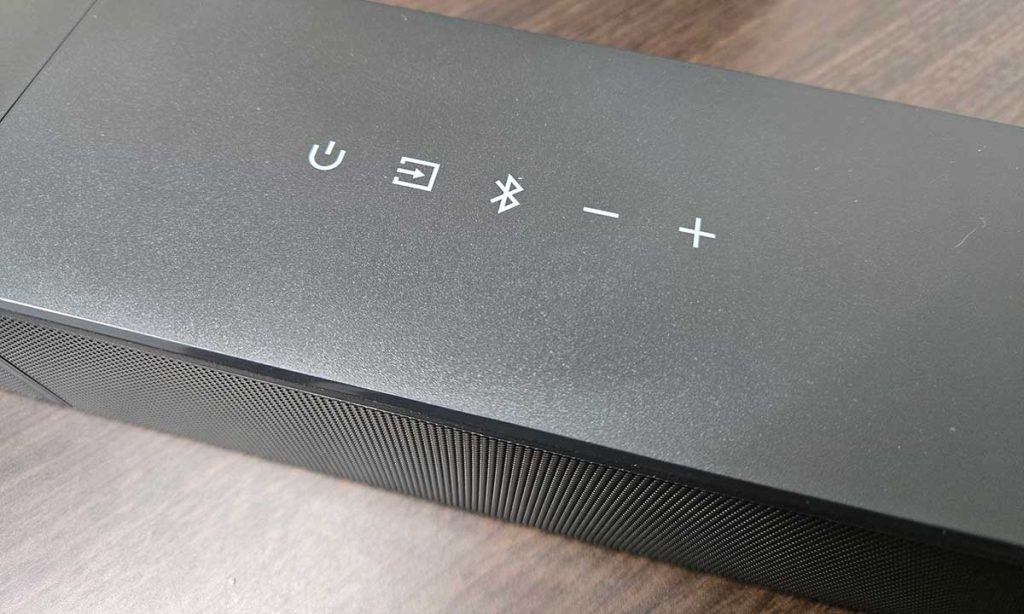
Switching over to Game mode for a few rounds of a shooter, I could hear enemies approaching from specific directions. It actually made me more aware in-game, which is something I didn’t expect from a soundbar.
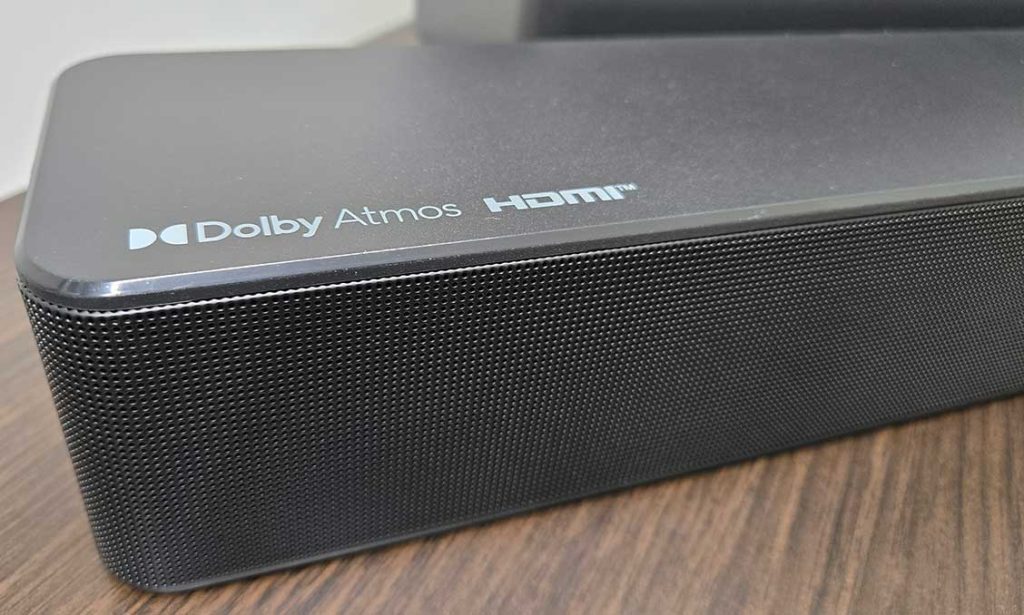
Music mode was my Sunday afternoon test. Playing a mix of acoustic tracks and bass-heavy pop, the separation between vocals and instruments impressed me. I could push the volume without distortion, and the sub kept things lively without overpowering the mids.
Late-night Netflix binges in Night mode were another highlight—dialogue stayed clear while big sound effects were tamed enough not to wake anyone. That’s a balance I’ve found other systems struggle to achieve.
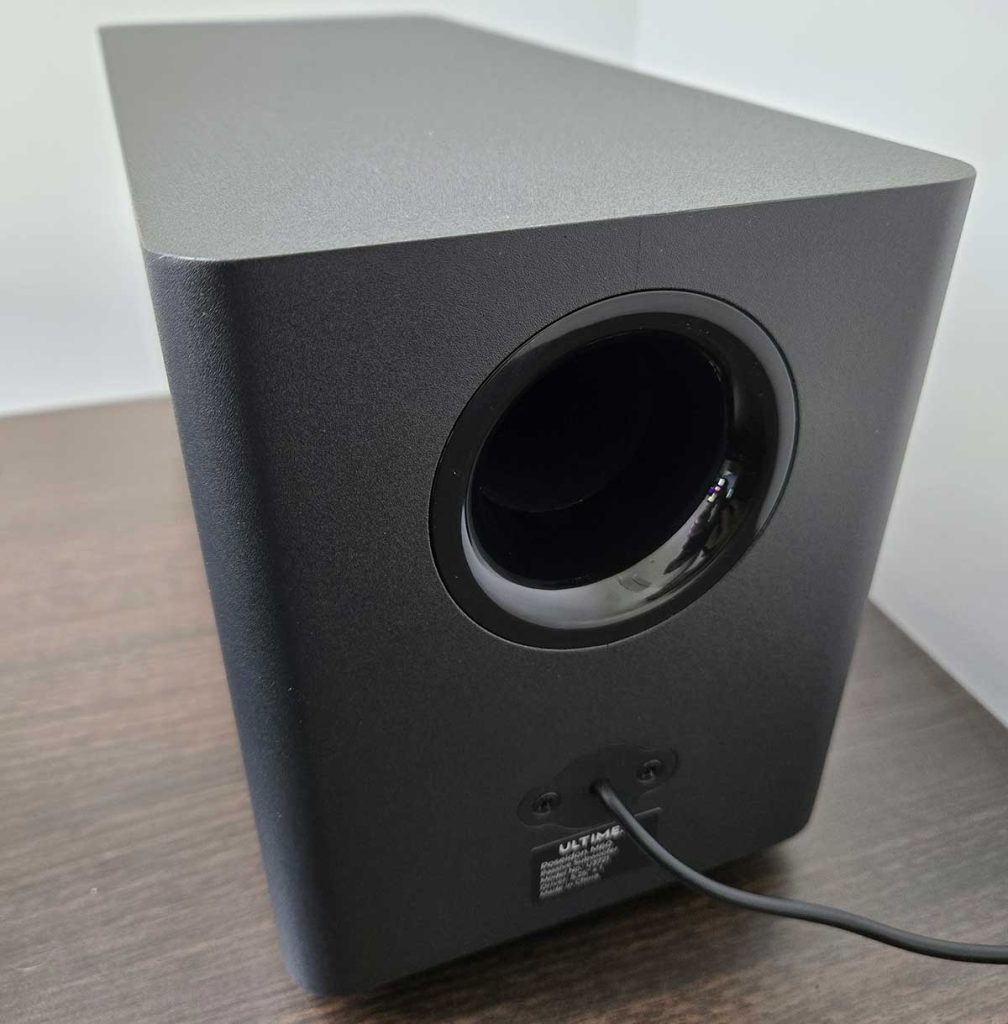
Pro Tips & Best Usage
- Use HDMI eARC first – It delivers the best audio quality and ensures Dolby Atmos compatibility.
- Subwoofer placement matters – A corner can give you stronger bass, but pull it out a bit if you want more controlled sound.
- Switch modes often – They’re not gimmicks; Movie mode really does feel different from Music or Game mode.
- Fine-tune with the app – Spend 10 minutes adjusting bass, treble, and voice levels for your room. You’ll hear the difference instantly.
- Break it in – Speakers open up after a few days of regular use. I noticed the bass became more rounded and the highs smoother over the first week.
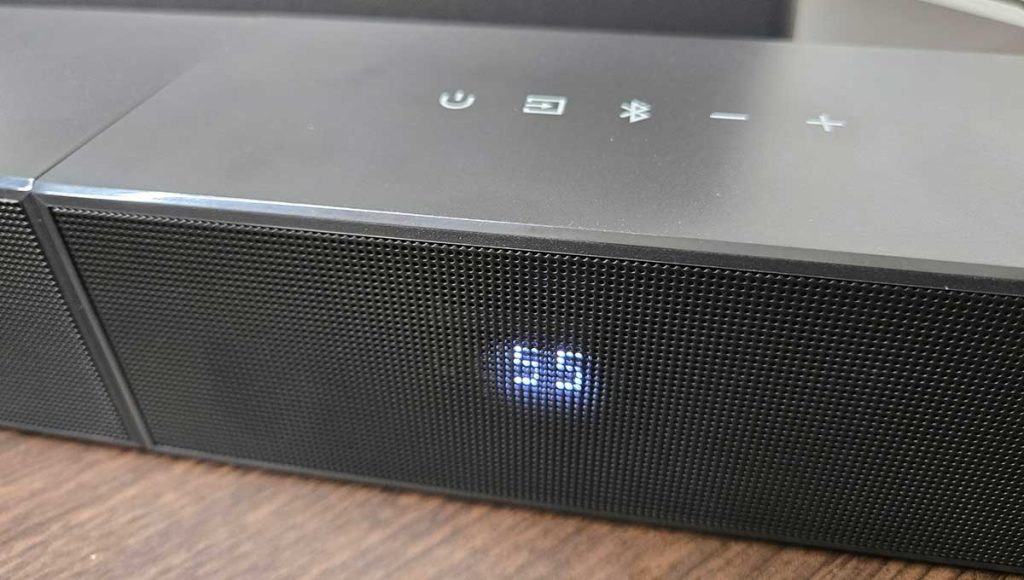
Final Verdict
The ULTIMEA Poseidon M60 hits a sweet spot: cinematic sound, strong bass, and versatility at a price that doesn’t make your wallet flinch. It’s easy to set up, fun to use, and flexible enough to handle everything from movies to gaming to music streaming.
Is it going to beat a $2,000 home theater system? No—but it comes surprisingly close for a fraction of the cost. For anyone who wants a serious upgrade from TV speakers without diving into the complexity of a full surround system, this soundbar and subwoofer combo is an absolute winner.
Meet Ry, “TechGuru,” a 36-year-old technology enthusiast with a deep passion for tech innovations. With extensive experience, he specializes in gaming hardware and software, and has expertise in gadgets, custom PCs, and audio.
Besides writing about tech and reviewing new products, he enjoys traveling, hiking, and photography. Committed to keeping up with the latest industry trends, he aims to guide readers in making informed tech decisions.

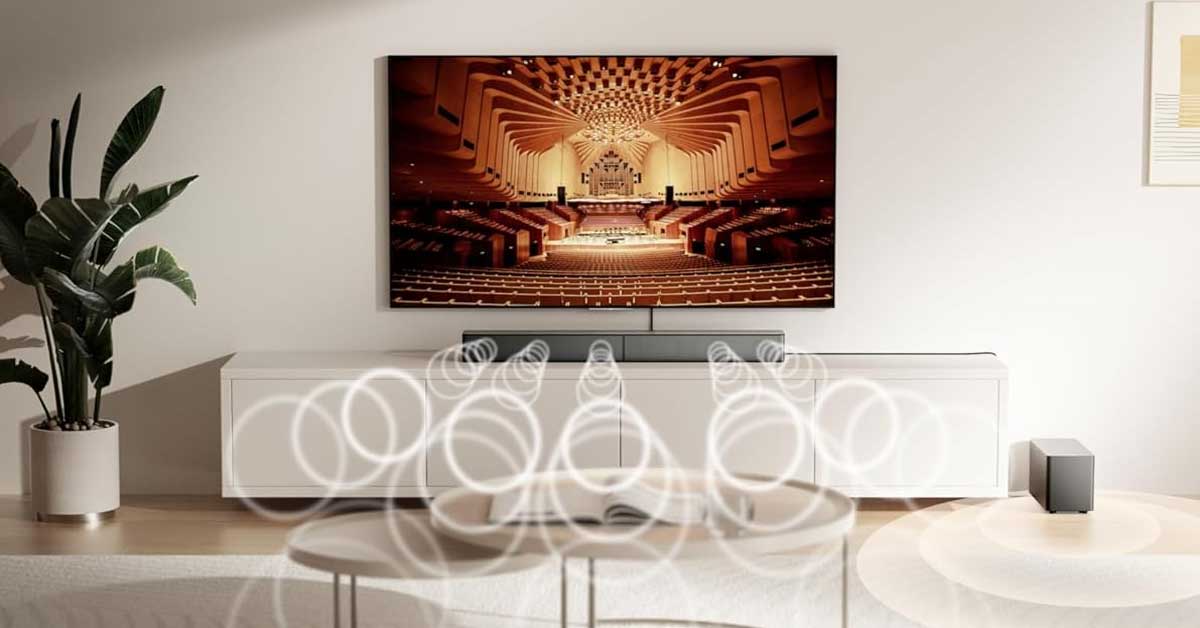
Thank you for this review.
It helped me choosing the right sound bar fulfilling my needs.